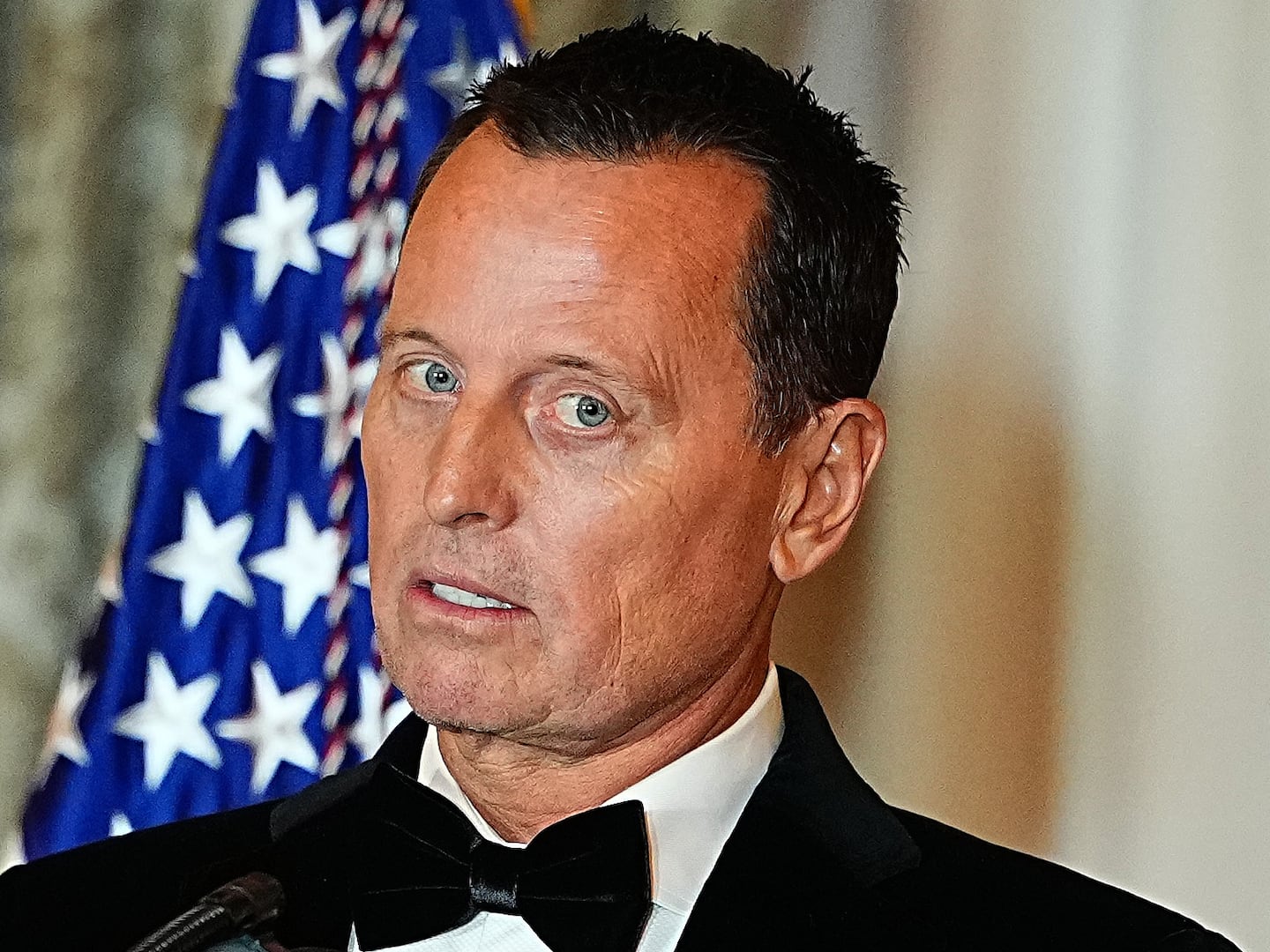Climate change has become a partisan issue, to the despair of environmental activists and anyone trying to live on the planet after 2040—and one so polarizing in politics that the Trump Administration banned the term across many of its agencies.
But clean energy—solar power specifically—is not partisan. According to one poll, nine in 10 Americans approve of the use and development of solar energy. And interest in solar has only grown as the price of installing it drops—solar power has never been more affordable, and it will only get cheaper: A 2017 forecast projected their costs falling by an additional 60 to 70 percent in the next decade.
Despite its popularity and relative affordability, solar doesn’t sell. Less than 3 percent of Americans actually use solar panels on their home. The problem extends to other alternative energies, environmentally friendly products, and other green tech. Most of these products involve either a change in behavior, or an upfront cost that deters potential buyers (though often, those costs are offset by energy savings over time).
So clean energy advocates have been trying to answer a problem for years: How do you get Americans to buy green?
In a new paper in Nature, David Rand, a professor at MIT, and Gordon Kraft-Todd, a Yale psychology graduate student, found a surprisingly simple way to make green products more attractive to buyers: Get salesmen who have solar.
The observation is so straightforward it seems almost obvious, but ensuring that advocates use the product they're pushing is not a widespread practice in green industries.
Rand and Kraft-Todd honed in on data from 58 Connecticut towns between 2012 and 2015. In 2012, a nonprofit called SmartPower, which helps people invest in clean energy, launched a campaign called Solarize in four small Connecticut towns. Solarize would spend 16-20 weeks in each town, showing up at public events, school functions, and city meetings, talking to people about how solar worked, how much it cost, and how to get started, and hosted demonstrations in the homes of locals.
Rand and Kraft-Todd used the data—conveniently split into two distinct groups of towns, towns where representatives installed solar panels and towns where representatives did not—to figure out what made customers adopt solar energy. They found that when people saw an ambassador who used solar panels, they were inclined to buy one for themselves. As part of each campaign, Solarize tapped several locals to serve as “solar ambassadors,” or people who would act as the primary representatives for the campaign in their town.
Rand and Kraft-Todd focused on these figures, wondering what made some ambassadors better than others.
They found that figures who were central to city operations–an alderperson, a well-known community volunteer, or other public servants–were often tapped for their name recognition, even if they didn’t have solar energy in their own homes.
As a result, only a small minority of the “solar ambassadors” actually used the energy they were talking so much about. In Rand and Kraft-Todd’s survey of 58 towns, only 32.7 percent of the ambassadors had actually installed solar panels through the Solarize program. They didn't walk the talk, and solar panel adoption was weak in these towns.
But in towns where the ambassador had panels themselves, 62.8 percent more people adopted solar panels.
“Most people might think that number has to do with hypocrisy,” Rand told the Daily Beast. “If you’re promoting solar panels and you don’t have them, that makes you a hypocrite, and no one likes a hypocrite.”
But their study suggested indignation at hypocrisy was less powerful deterrent than it might seem. The reason people were put off by solar advocates without solar themselves, according to a survey accompanying the Solarize data, was that they thought the advocate’s behavior was a stronger signifier of their beliefs than any sales pitch, no matter how sincere.
“In other words, if he’s telling me to buy solar, but he doesn’t have it himself,” Kraft-Todd said, “then maybe he doesn’t really mean it.”
The two researchers referred to this as the “actions speak louder than words” hypothesis. It isn’t rare to read about climate scientists taking intercontinental flights to deliver lectures on carbon waste, or to discover environmental activists rack up exorbitant energy costs. In 2007, for example, just after Al Gore finished making An Inconvenient Truth, free market think-tank Center for Political Policy revealed the former vice-president had a $30,000 utility bill, and consumed more than 20 times the national average in energy, drawing widespread criticism of “environmental hypocrisy.”
What Rand and Kraft-Todd’s research might indicate is that while such hypocrisy is flagrant, it has a deeper consequence: It suggests to people that those activists might not mean what they say.
In the final sentence of their paper, Rand and Kraft-Todd make the case that their research extends far beyond solar campaigns, but to the way people push for public goods as a whole. And it hinges on a pretty simple premise.
<p>“Problems of cooperation and the provision of public goods are becoming increasingly important and urgent,” the two researchers write. “The results presented here suggest that whether we are advocating for residential solar panels, public transportation, supporting local businesses or civil liberties, our campaigns will be more effective if they are built on a foundation not only of words but also of action.”</p>
The founder of Solarize summed it up best: “Just buy what you’re selling.”







